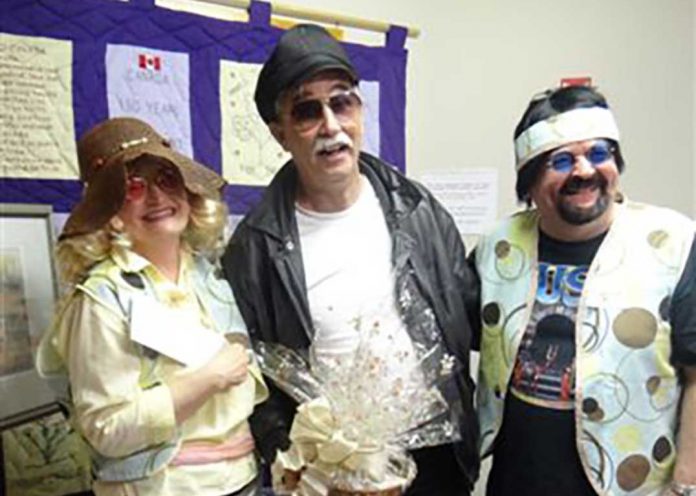MANITOULIN—The rate of house fires on Canadian First Nations is 10 percent above the national average and has resulted in 175 deaths in the last 15 years—a figure that has caused the federal government to stand up and pay attention.
The Expositor spoke with Steve Nolan, president of the Ontario Native Fire Fighters Society (ONFFS) just moments after this organization’s meeting with Indigenous Affairs Minister Carolyn Bennett last week.
“We had a brief discussion with the minister and her staff,” Mr. Nolan said, noting that Minister Bennett committed funds to the Society’s June conference, to be held in Thunder Bay, and a promise to reinstate the reporting program.
Mr. Nolan explained that the reporting program will see First Nation fire departments, or municipal fire departments responding to calls on First Nations, send in a reporting form about the number of calls and the nature of those calls on an annual basis.
“Within the last 15 years, there have been 175 deaths in Canada, on First Nations alone,” Mr. Nolan said. “Those numbers are staggering.”
“If that happened in every day Canada, people would be crazy,” the president added. “We want the same equipment, the same training.”
“Fires on First Nations are happening almost bi-weekly and yet no one knows about it,” he added. “If people knew, society would be shocked and shamed.”
Mr. Nolan explained that First Nations fire departments receive $25 per community resident from the government to operate while municipal-run fire departments get at least $170 per resident.
“There are checks and balances there that are not fair,” he added. “Our ultimate goal is that all 133 First Nations (in Ontario) be treated the same.”
The Ontario government has also announced that any home on a First Nation will receive two smoke alarms for free.
Mr. Nolan said that his organization has also initiated some fire personnel training at the Six Nations Fire and Emergency Training Academy facility on the Six Nations of the Grand River in collaboration with Indigenous and Northern Affairs Canada. Training opportunities will also be coming up in the Thunder Bay area and at Garden River.
“We’re trying to get money to train 100 people per year,” he added, “as well as money for equipment and ongoing training—it’s a massive undertaking.”
Mr. Nolan sent out a “big thank you” to the Ontario chiefs for asking the ONFFS to be the representative to meet with the federal government.
“Today was a bit nervewracking, but very exciting,” he said of his visit with Minister Bennett.
Despite the positive move forward, Mr. Nolan fears that there will never be enough money to reach parity. “Our reserves and fire departments are so far behind.”
“Let’s be fair, let’s be safe,” he added. “Fire, water, structure—those things are all related,” Mr. Nolan continued. “Housing conditions on many of our communities are poor at best.”
The president said he is optimistic that Minister Bennett will keep her word to help and that Canada will soon see an indigenous fire marshal’s office, as she told the Toronto Star last week.
One thing he knows for sure. “Today’s a better day,” Mr. Nolan concluded.
In the last month, there have been two fires on First Nations on Manitoulin, the first in Wiikwemkoong (which has its own fire department) that has been deemed an arson, and the second, just last Wednesday, at Sheguiandah First Nation that is currently under investigation. The Northeast Town Fire Department responds to all fires in that neighbouring First Nation community which, since 2014, has seen four house fires.
On Manitoulin, Wiikwemkoong, Aundeck Omni Kaning, M’Chigeeng and Birch Island all have fire departments while Sheshegwaning has a First Response Team.




